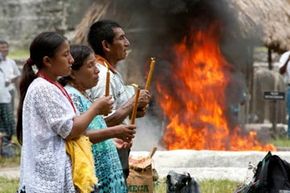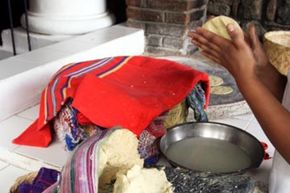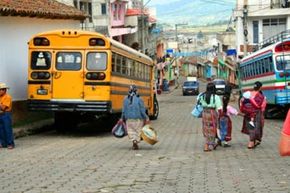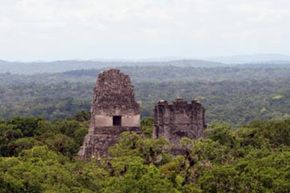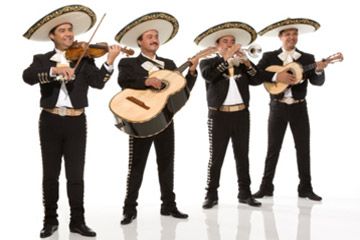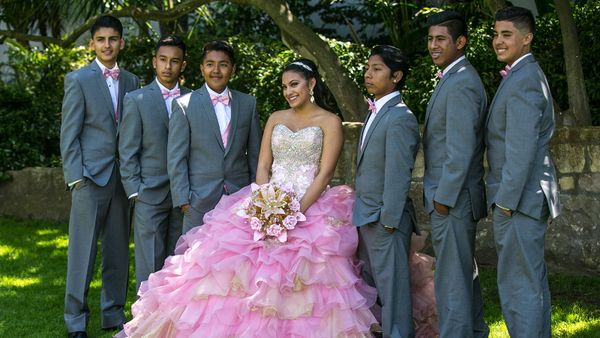Few countries in Central America can claim as diverse historical beginnings as Guatemala, an area about the size of the U.S. state of Tennessee (42,144 square miles or 109,152 square kilometers). The Republic of Guatemala is home to the Mayan Empire, one of the most well-known and well-respected civilizations in the world. The Maya Indians lived in most of what is now Central America and made their way to Guatemala as early as 2400 B.C. They built massive pyramids and temples, crafted the art of writing through hieroglyphics and developed astronomy. They also left a timeless legacy for Guatemalans [source: Latham].
The Mayans' rule was eventually toppled by Spanish invasion in 1523, but that didn't stop the heritage of the Mayan empire from thriving in the country, even today. Of the more than 14 million people who make their home in Guatemala, more than half of them are descendants of the Mayans [source: Enjoy Guatemala].
Advertisement
Much of Guatemala's history has been marked by violence. For 36 years, the country was embattled in a civil war that took the lives of more than 200,000 people. The war brought about mass murders and resulted in millions of people being run off of their land. Guatemala's civil war ended in December 1996, but the war scars still remain. Violence and intimidation are major problems in private life and in politics too [source: PBS].
Today, the influences of both the Mayans and the Spaniards are unmistakable in Guatemala. These influences permeate throughout the country's languages, customs and even the foods that are eaten. In this article, we'll look at some Guatemalan traditions, starting first with food.
